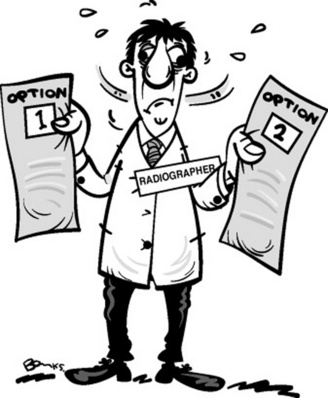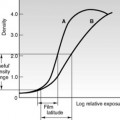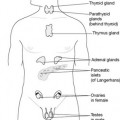Chapter 1 An introduction to ethics
 Ethics is a framework for the analysis and resolution of dilemmas and is loosely based on the concept of right and wrong.
Ethics is a framework for the analysis and resolution of dilemmas and is loosely based on the concept of right and wrong. A dilemma may have an ethical component if it has a moral agent, a subject, an action and a consequence.
A dilemma may have an ethical component if it has a moral agent, a subject, an action and a consequence. Radiographic practice involves a range of ethical considerations and decisions during the normal working day.
Radiographic practice involves a range of ethical considerations and decisions during the normal working day.WHAT IS ‘ETHICS’?
Ethics is defined as being ‘the study of the moral value of human conduct’,1 and whilst this definition is useful the study of ethics has evolved from purely a philosophical pursuit into a branch of philosophy which has enormous implications for healthcare practice in general. It may therefore be useful to examine the fundamentals of the study of ethics in an attempt to examine its applicability to practice.
As Box 1.1 would suggest, ethics is not to be thought of as the musings of philosophers that have no real life applicability, nor should it be regarded as simply a matter of applying common sense. Ethics provides us with a framework by which we can analyse dilemmas and hopefully this structured scrutiny will subsequently lead us to be able to resolve the dilemma we may face.
Box 1.1 The fundamentals of ethics2
WHAT IS AN ETHICAL DILEMMA?
Before we begin to examine the applicability of ethical analysis, it is essential that the exact nature of what essentially constitutes an ethical dilemma be understood, as opposed to being faced with choices that do not really have an ethical dimension to them. As previously stated, the study of ethics can be summarised as the analysis of what is right and/or what is wrong in any given situation and it also assists us with the concept of how we ought to act at any given time. We make a lot of choices during daily life and not all of these choices necessarily have an ethical element involved with them. What we decide to wear, for example, is not normally of great moral concern. While an individual might inadvertently offend people with their terrible dress sense it would not necessarily be doing anyone any great harm, so as a result would not really be worthy of any kind of ethical/moral scrutiny or debate. If, however, this was taken a stage further and a T-shirt with a racistslogan worn, this could truly offend many individuals as they quite rightly would regard individuals from another race as being worthy of their consideration. In other words individuals, or indeed communities, matter and we should consider their feelings, whereas choosing to wear black or purple is not really of any great concern to individuals or society in general. Box 1.2 demonstrates that for a dilemma to have an ethical dimension it should encompass the following elements: 1) a moral agent; 2) a subject; 3) an action and 4) a consequence.3 All these elements have to be present before the dilemma can be defined as having an ethical dimension afforded to it.
BASIS OF MORAL REASONING
This analysis of ethical problems can alternatively be termed ‘moral reasoning’. Here we can look at a problem and apply our moral and/or professional values to it. We can then decide what is the right option or course of action to take. We are all in possession of our own moral code (in other words, what we perceive as being right and wrong) and it is this code that we sometimes consult when deliberating about an issue. There has been much debate regarding our moral/ethical development;4 however, it would seem that our moral reasoning capabilities may be influenced by a complex mixture of internal and external factors.
All the elements mentioned in Box 1.3 serve to provide us with our own set of values. These values may change as we mature or gain ‘life experience’ but they may also be supplemented by additional rules or values that come when we adopt a professional role.










